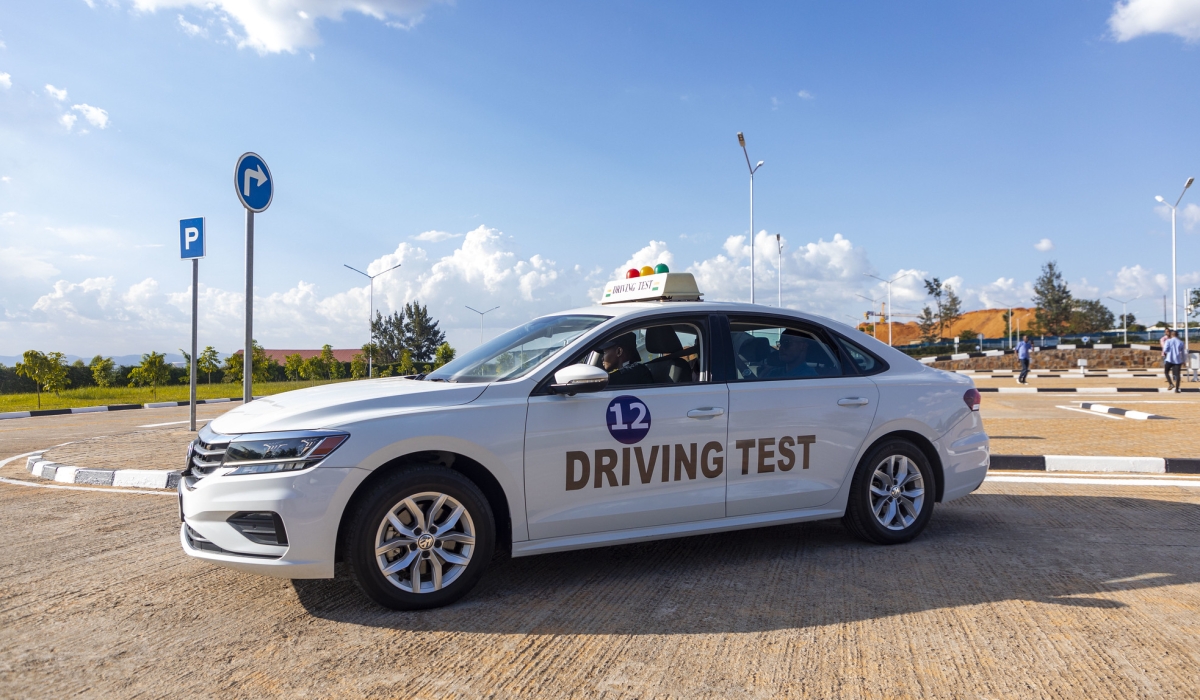The Rwanda National Police’s Department of Testing and Licensing launched a “Driving eTesting System” on Wednesday, an innovative initiative aimed at redefining license service delivery, transparency, and road safety.
The system, unveiled at the Busanza driving license test center in Kicukiro district, integrates GPS technology, car motion tracking, and virtual line plotting to automate the traditional method of assessing driving skills.
The GPS system tracks the vehicle’s location and movement in real time, while the “Car Motion Tracking Formula” analyzes driving parameters such as acceleration, braking, and steering dynamics to assess the driver’s proficiency.
The system also employs “Virtual Line Plotting Technology,” generating virtual lines and markers on the road for circulation tests outside the driving testing yard.
Candidates must register at Irembo, undergo a health evaluation, and attend the driving test at a yard equipped with sensors that facilitate communication between the driver and the examiner in the control room.
The driving test yard is divided into categories for small cars, big cars, and motorbikes, allowing candidates to practice for various driving categories. The yard features a circuit with stages such as slopes, obstacles, roundabouts, and parking areas. For motorbikes, the test includes navigating through eight design obstacles and an emergency stop.
Candidates receive instructions via a computer interface, and the system’s sensors are activated to evaluate their performance. They must adhere to instructions within a specified time limit and navigate through a predefined circuit monitored by strategically placed sensors. Failure to comply results in a reduction of marks, while successful navigation ensures a passing score of 80 percent or above.
Senior Superintendent Gad Ntakirutimana, the Director of Technology in the Testing and Licensing Department, said the new system aims to provide high-quality service delivery with a focus on time management. He emphasized that the system ensures transparency and detailed feedback for examinees without attributing blame to any individuals.
Addressing concerns about bribery and corruption, Ntakirutimana stated that interactions between the examinee and examiner would be limited to instructions, with the automated system managing the rest of the test. This approach aims to eliminate disparities and favoritism caused by bribes and personal gains in the testing process.
photos by Christianne Murengerantwari

